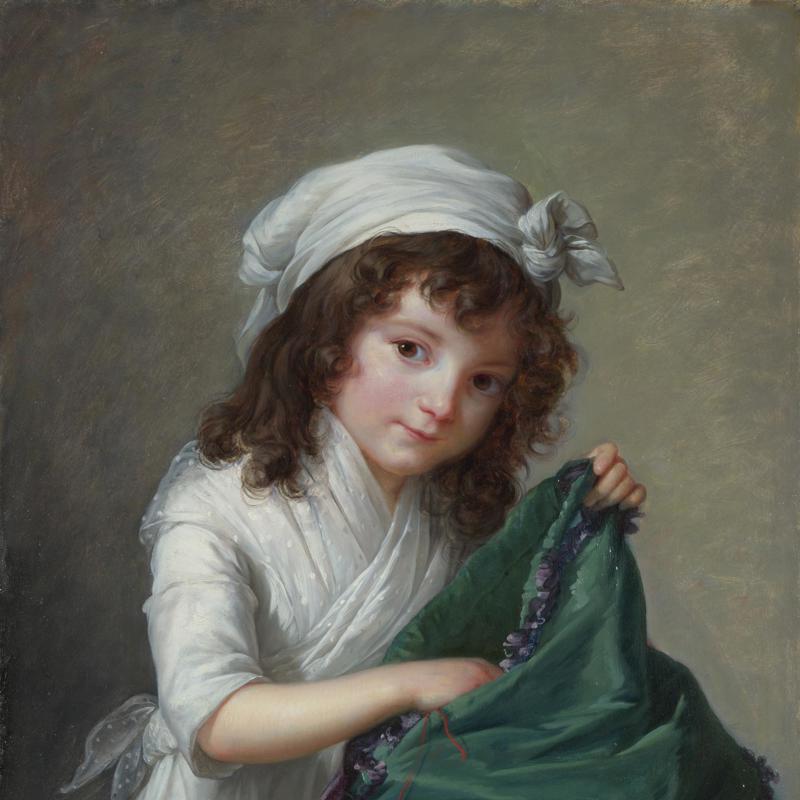How it all began
In the Second World War, under the threat of bombs and invasion, the Gallery’s collection of paintings were evacuated from Trafalgar Square. In 1941, the whole collection was stored for safekeeping in the underground caverns of Manod quarry, a disused slate mine near Blaenau Ffestiniog in Wales.
By 1942 the bombing raids had lessened, and it was decided that one painting could go back on display in London every month. This is how our tradition known as ‘Picture of the month’ first began.
November 1943
Over 80 years ago, it was Holbein's portrait, ‘Christina of Denmark, Duchess of Milan’ which was selected to emerge from its subterranean home to feature as the 20th wartime ‘Picture of the month’.
Christina's arrival back in London was a news event. The painting hung on a portable screen, and every night it was removed and stored underground for safety.
Christina of Denmark
Elegant Christina was the youngest daughter of King Christian of Denmark. Following the death of Jane Seymour in 1537, the search had begun to find a fourth wife for King Henry VIII of England. Reports of Christina of Denmark had reached the English court, and in the spring of 1538, Holbein travelled to Brussels to capture the likeness and rumoured beauty of the 16-year-old Christina.
Depicted in this full-length portrait, we encounter Christina dressed in mourning robes, worn in honour of her late husband, the Duke of Milan. The young widow’s composed yet captivating presence is brought to life through Holbein’s treatment of both texture and light. Christina appears almost as if to move within the space she occupies. She holds our direct gaze, drawing us into a closer, more reflective encounter with the sitter herself.
A lasting impression
The ‘Picture of the month’ displays offered visitors the opportunity to experience paintings with increased closeness and contemplation during a time of war. In November 1943, those who ventured into the Gallery would have encountered Christina of Denmark in a uniquely intimate way.
















